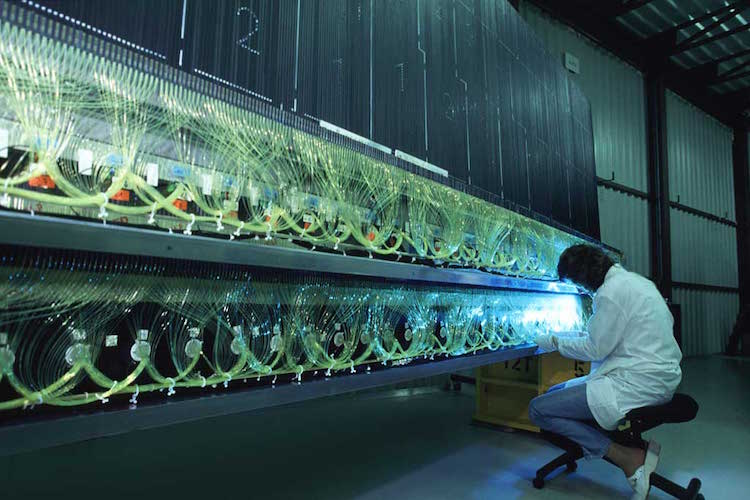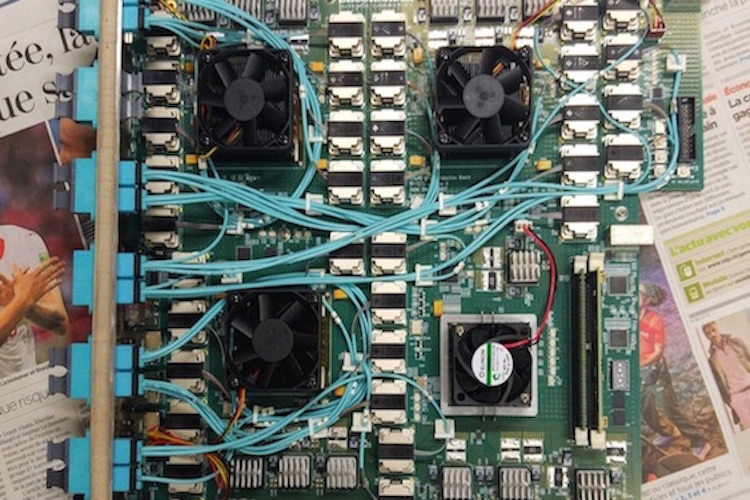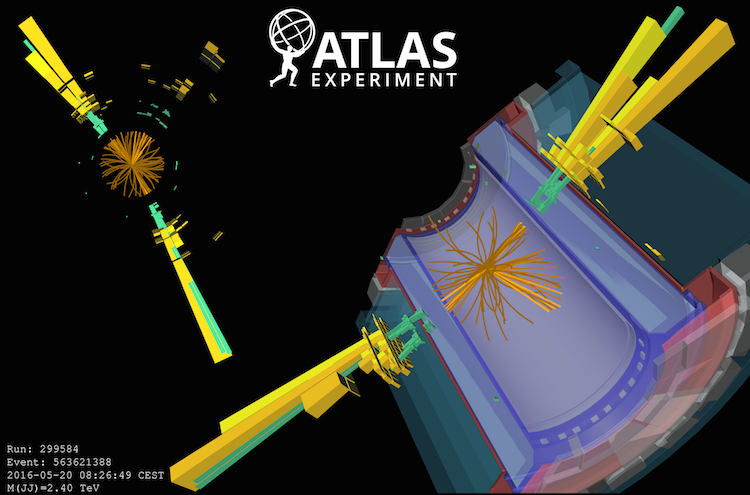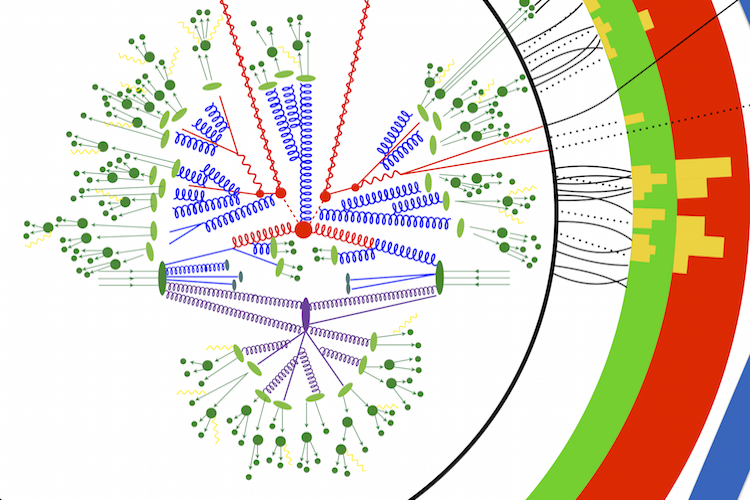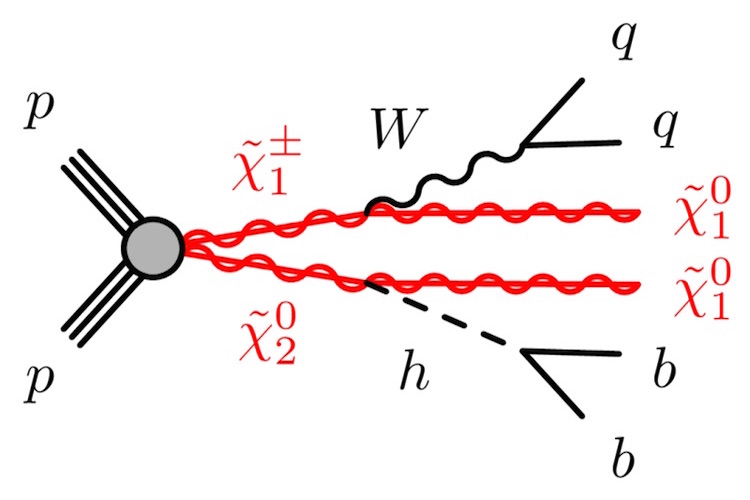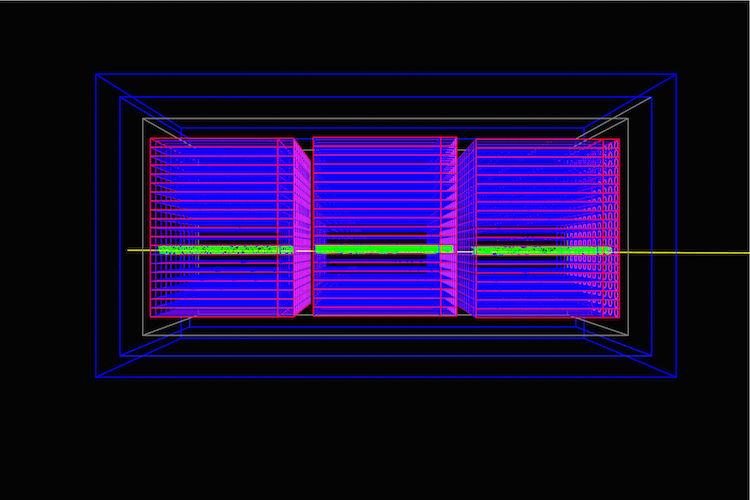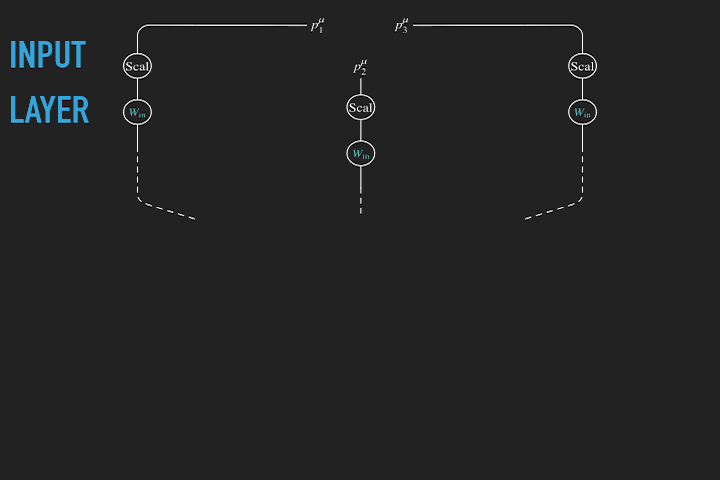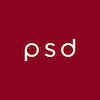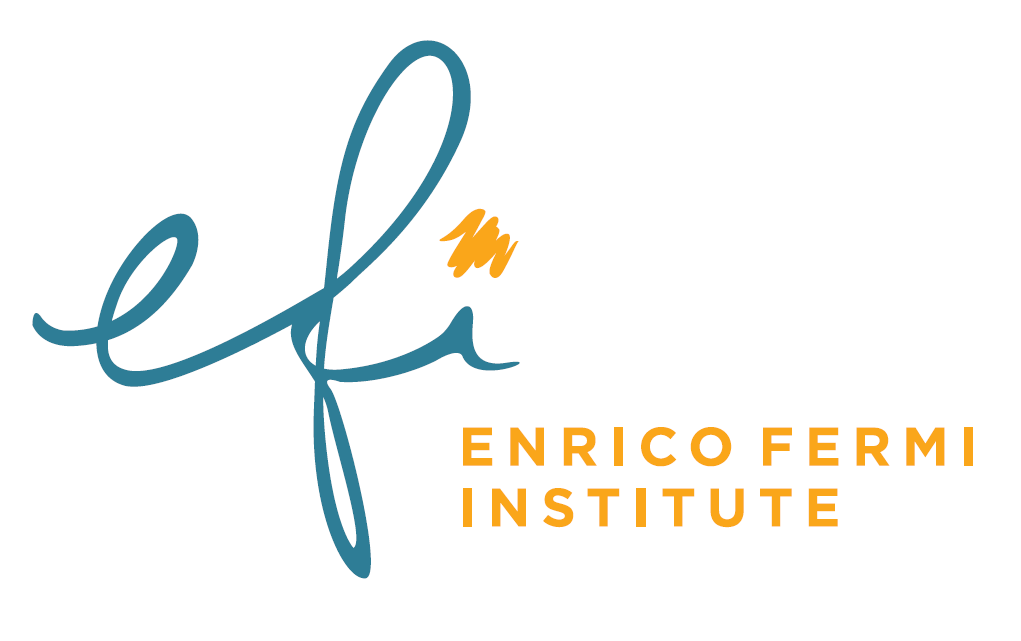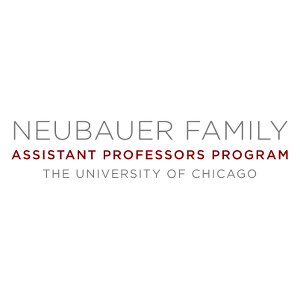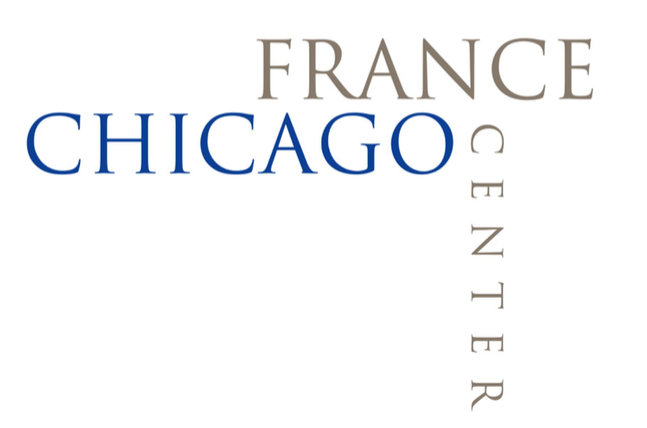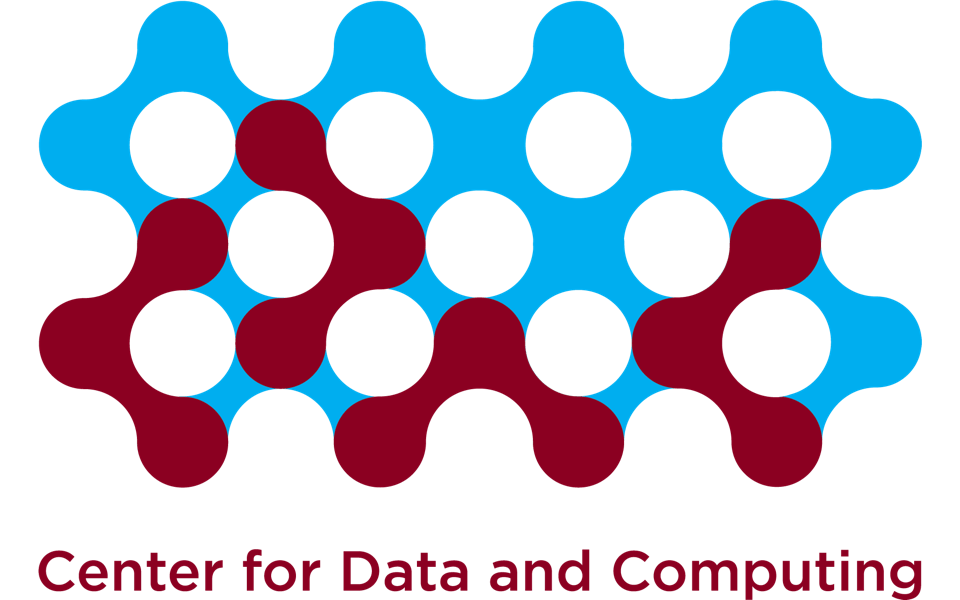News from The Miller Lab at The University of Chicago
Conference 08/12/2024
Congratulations to Timothy for presenting his poster on "Near perfect jet classification through equivariant regression" at the 2024 AIFI Summer Workshop!
Conference 08/07/2024
Many people from the group, including Ben Rosser, Gabe, and Mira, attended the Inaugural Meeting of the US Muon Collider Community on August 7-9th at Fermilab
Conference 07/29/2024
Cecilia presents the results from gFEX for the fully commissioned Run 3 performance at the 2024 BOOST Workshop on Jets and Jet Substriucture







